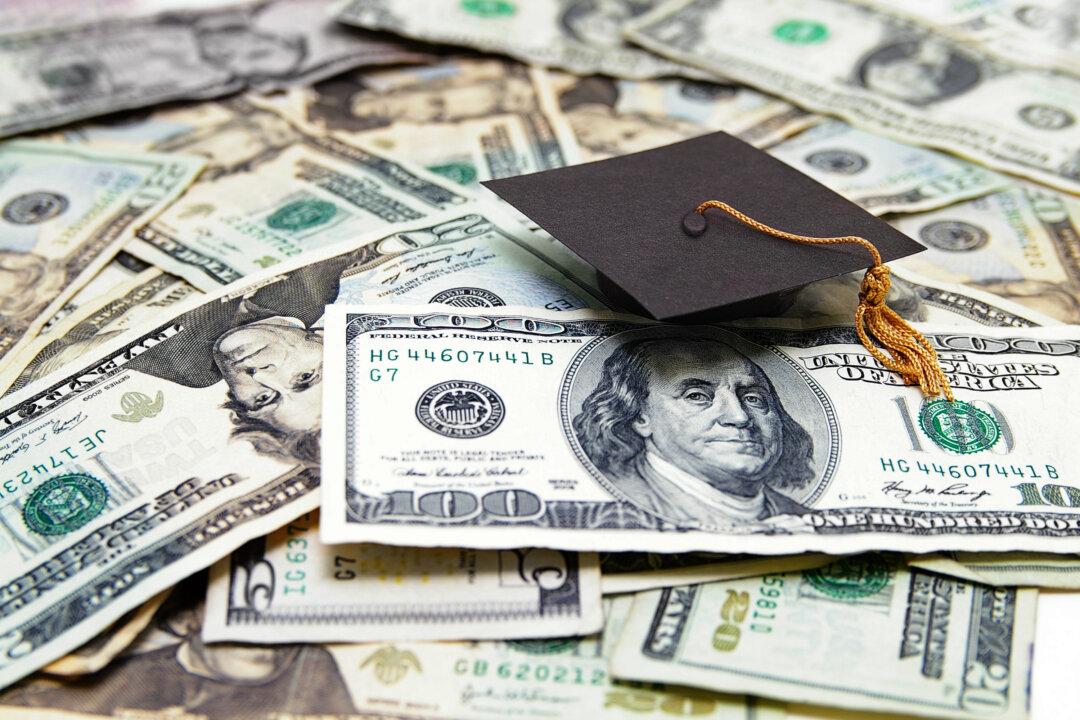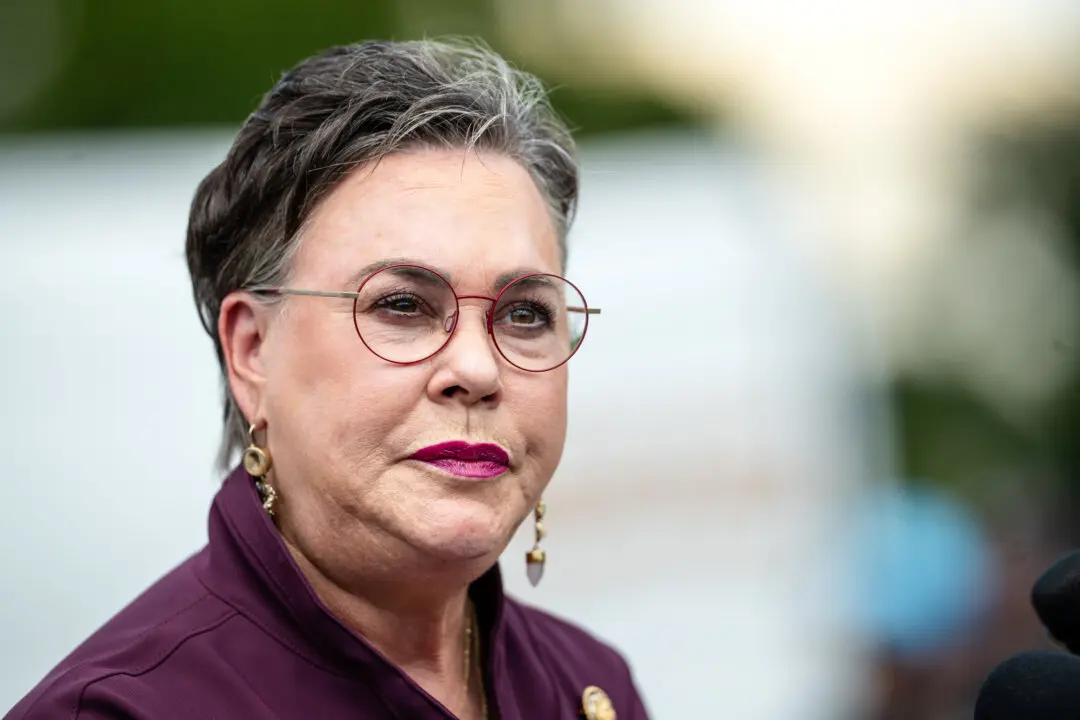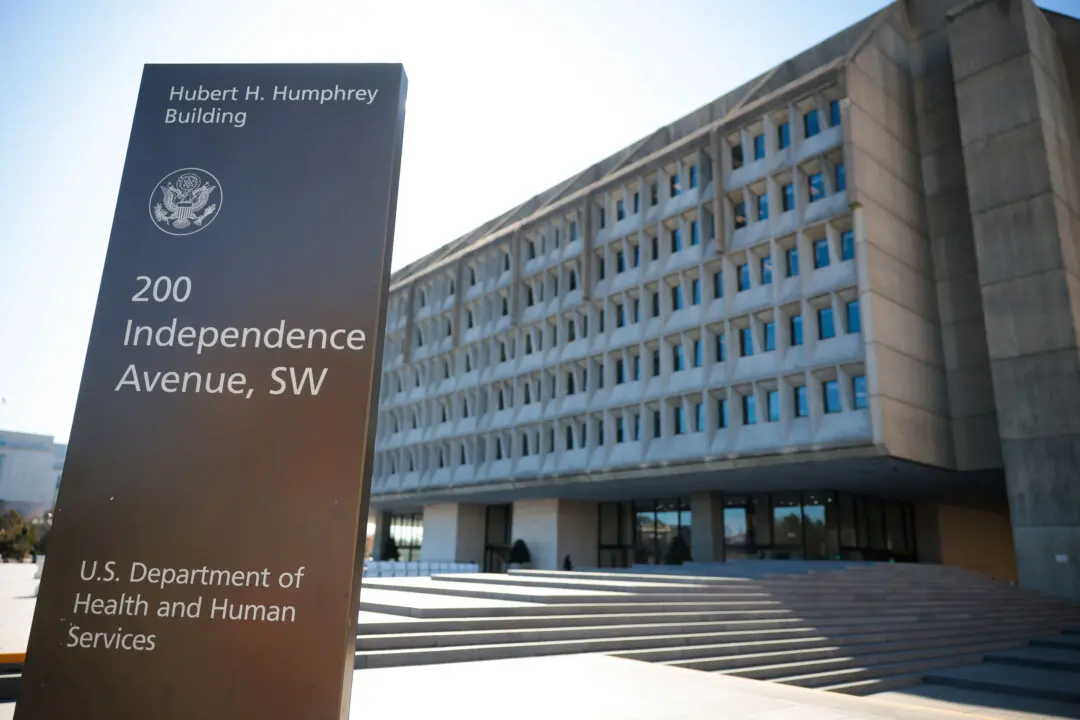The pause on federal student loan payments and collections is coming to an end on Oct. 1, meaning that borrowers with outstanding balances will soon get their first bill in more than three years.
The pause, which went into effect in March 2020 and has since been extended numerous times under the Trump and Biden administrations, will not get another extension after Congress prohibited President Joe Biden from doing so as part of a debt-ceiling deal.





